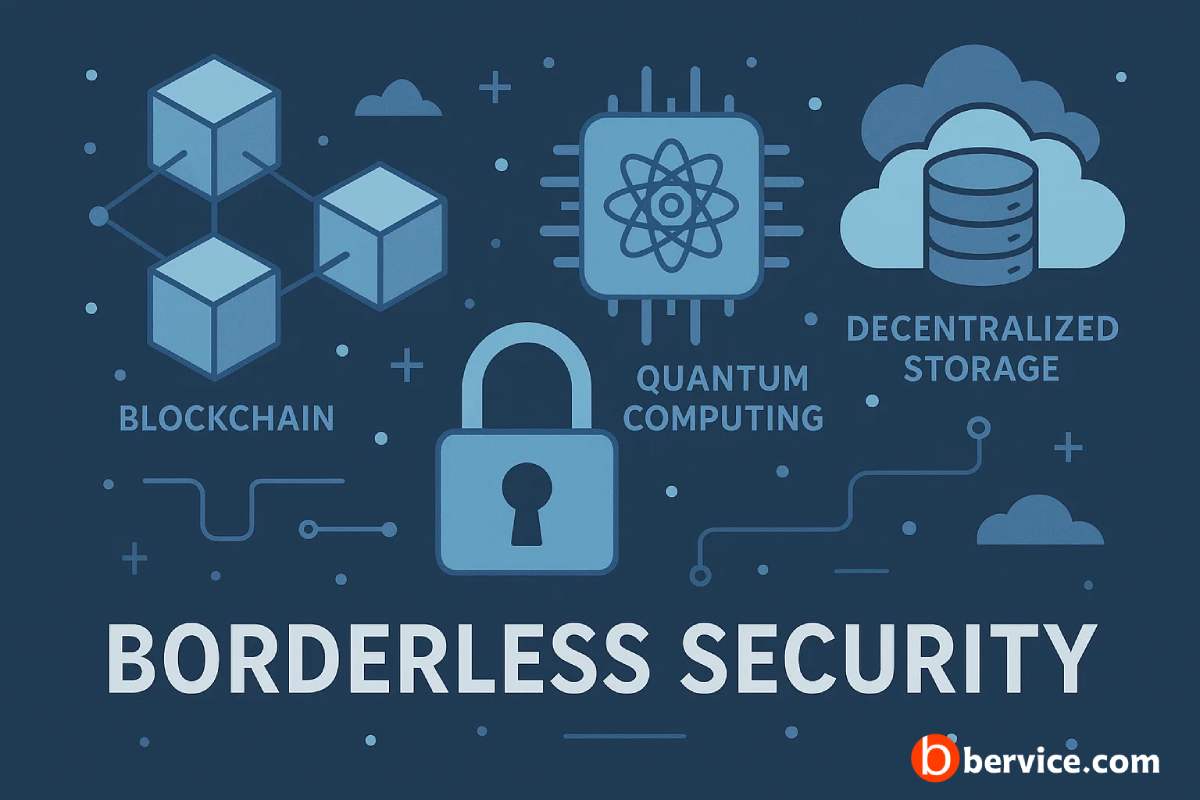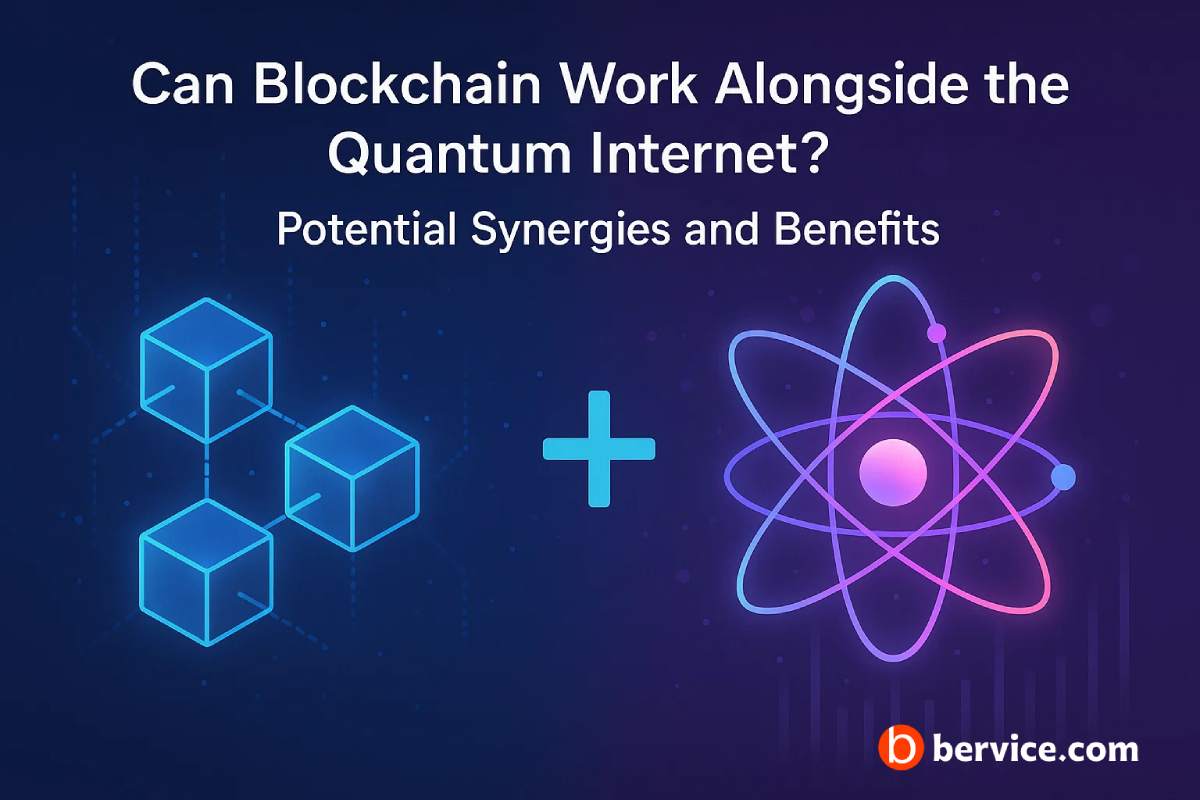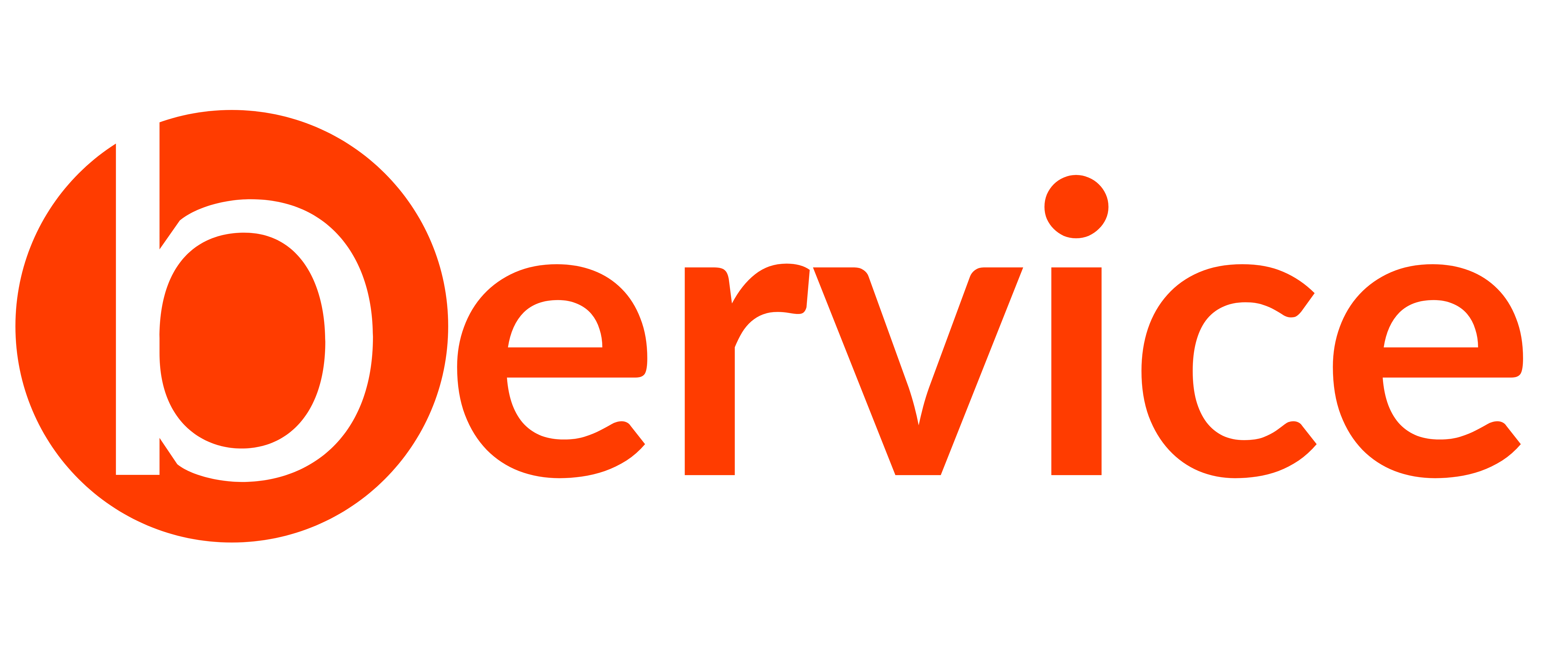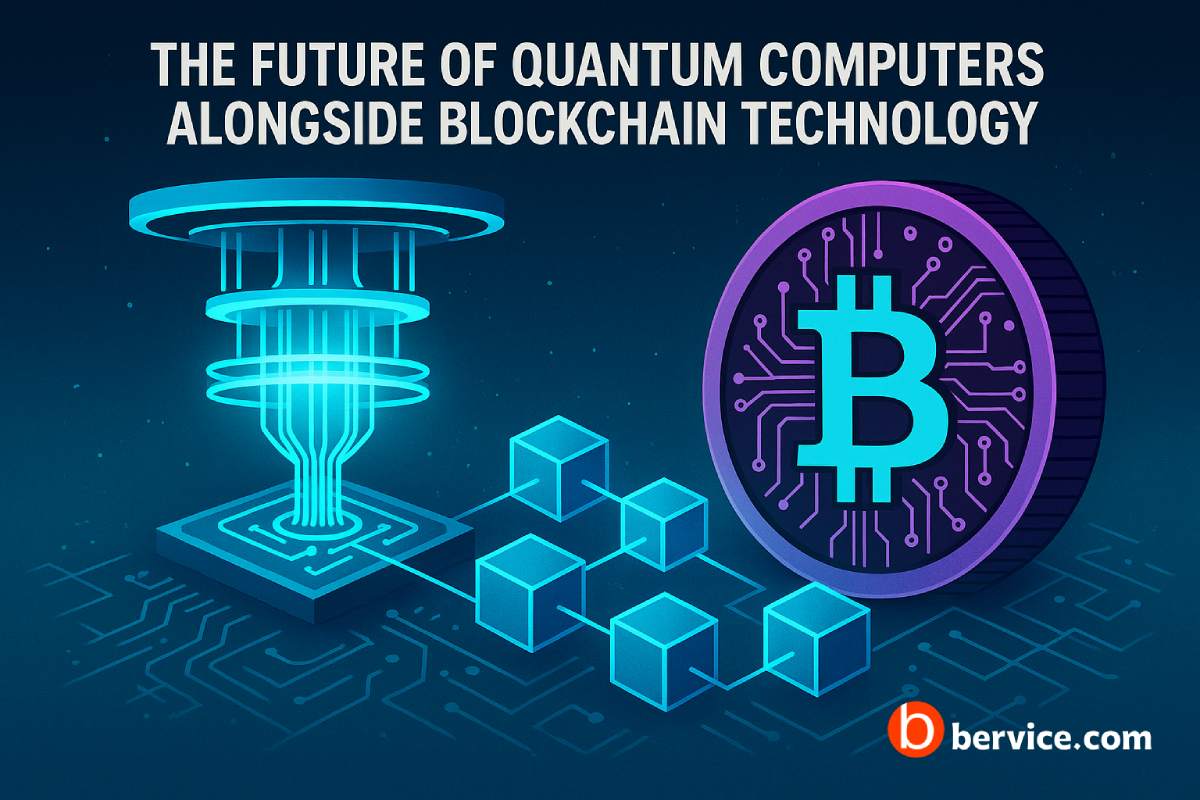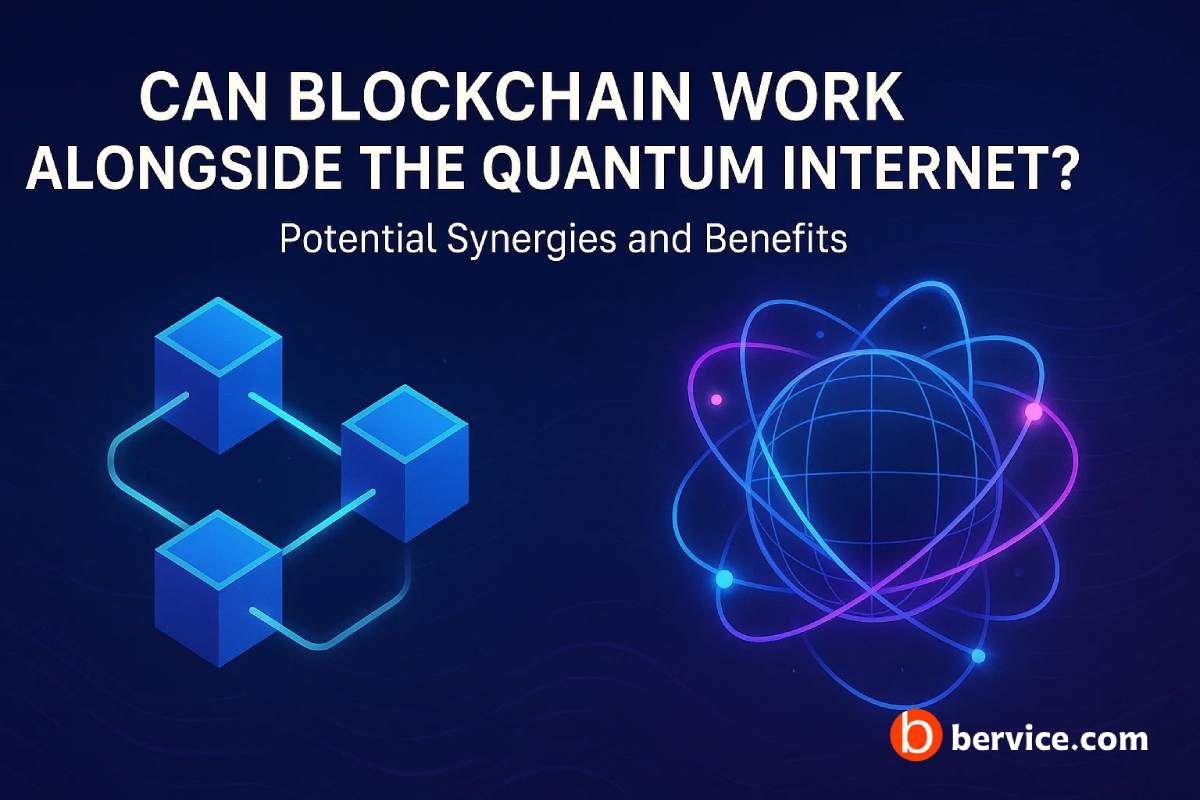
As two of the most transformative technologies of the 21st century, blockchain and the quantum internet are poised to reshape the digital world. While they may seem to be on opposite ends of the technological spectrum — one rooted in classical cryptography and the other in quantum mechanics — recent advancements suggest a convergence between blockchain and the quantum internet is not only possible but also potentially revolutionary. This article explores how blockchain can operate in tandem with the quantum internet, and the advantages such integration could offer.
Understanding the Quantum Internet
The quantum internet is a theoretical communication network that uses quantum signals instead of classical ones to send information. It relies on the properties of quantum entanglement and quantum superposition to enable ultra-secure communication. Unlike traditional internet connections, which are vulnerable to eavesdropping and man-in-the-middle attacks, quantum communication protocols like Quantum Key Distribution (QKD) offer unbreakable encryption — as any attempt to intercept the communication disturbs the quantum state and can be detected immediately.
The Blockchain Landscape and Its Security Model
Blockchain technology is based on decentralized ledgers and cryptographic primitives like SHA-256 and ECDSA, which currently ensure data immutability, consensus, and digital trust. However, the rise of quantum computing threatens these cryptographic algorithms. Quantum computers could break public-key cryptosystems like RSA and elliptic curve cryptography, making current blockchain systems insecure in a post-quantum world. This makes the integration with quantum technologies — particularly the quantum internet — a timely and necessary evolution.
How Blockchain and the Quantum Internet Can Coexist
Rather than being mutually exclusive, blockchain and the quantum internet can complement each other in the following ways:
- ✅ Quantum-Secured Blockchains: Through QKD and entanglement-based communication, blockchain nodes can exchange cryptographic keys in a way that’s immune to interception, enhancing network security dramatically.
- 🔒 Post-Quantum Cryptographic Integration: Blockchain systems can migrate toward quantum-resistant algorithms while using the quantum internet as a secure channel for transmitting consensus messages and transaction data.
- 🌐 Distributed Quantum Ledger Systems: In the future, decentralized ledgers may use quantum states themselves to encode and verify data — paving the way for quantum-native blockchains.
- ⏱️ Low-Latency Consensus: Quantum communication could reduce message-passing time between nodes across the globe, improving the speed of consensus in large blockchain networks.
Key Benefits of This Integration
- Unbreakable Security
The quantum internet can eliminate many of the attack vectors that target classical blockchain networks. This would prevent MITM attacks, Sybil attacks during key sharing, and reduce risks during node authentication. - Future-Proof Infrastructure
With quantum computers on the horizon, blockchain systems must evolve. Tapping into quantum-safe communication channels ensures that decentralized systems remain robust in the quantum era. - Global Trust Systems
Combining decentralized ledgers with provably secure communication allows governments, businesses, and individuals to create trust frameworks that are resilient against both classical and quantum threats. - Enhanced Smart Contracts
Quantum channels could be used to verify off-chain data with quantum oracles, increasing the reliability and authenticity of smart contract triggers in sensitive or high-value applications. - Cross-Network Quantum Consensus
In multi-chain or cross-chain environments, quantum-secure messaging between disparate blockchains could enable synchronized consensus mechanisms, unlocking new interoperability paradigms.
Challenges Ahead
While the potential is immense, several hurdles remain:
- 🔧 Technical Complexity: Quantum networks require new infrastructure, such as quantum repeaters, and are still in experimental stages.
- 📏 Standardization Gaps: There are no widely accepted standards for integrating blockchain with quantum communication protocols.
- 💰 High Costs: The current cost of deploying quantum communication systems is prohibitively high for most commercial applications.
- 🤝 Protocol Compatibility: Classical blockchain protocols must be redesigned or extended to work with quantum transmission layers without compromising decentralization.
Conclusion: A Future of Mutual Reinforcement
Blockchain and the quantum internet are not adversaries. In fact, they represent two halves of the future’s digital infrastructure — one offering decentralized consensus and the other providing secure, instant communication. As quantum internet technology matures, its integration with blockchain could enable a new generation of secure, scalable, and efficient decentralized applications, ushering in a truly quantum-safe digital economy.
Connect with us : https://linktr.ee/bervice
